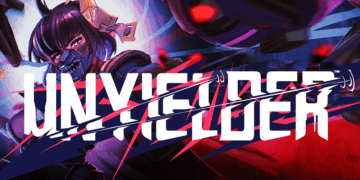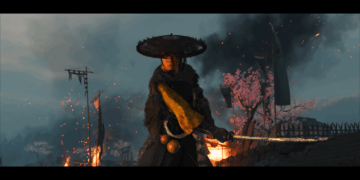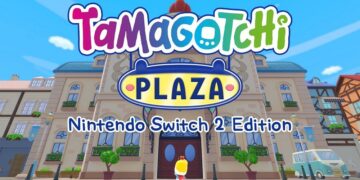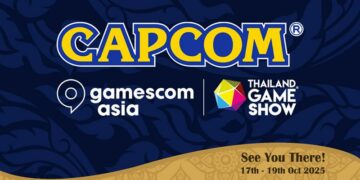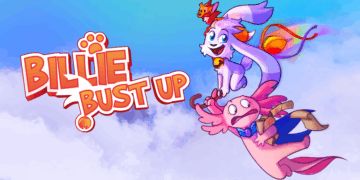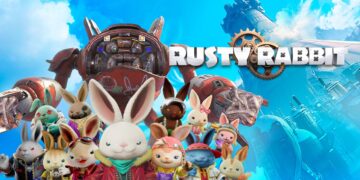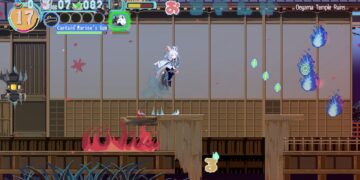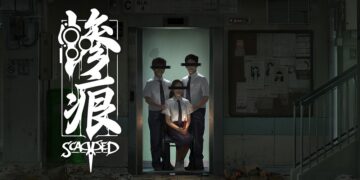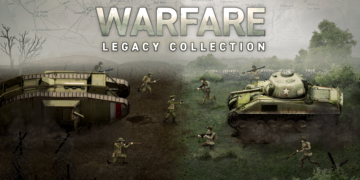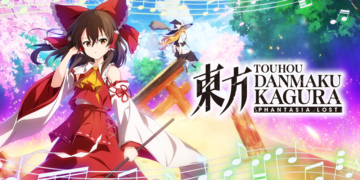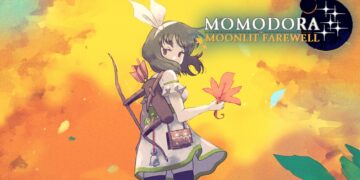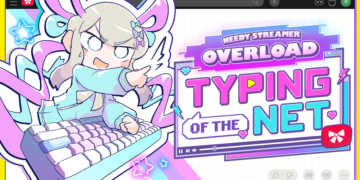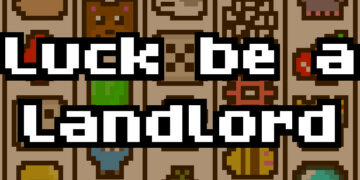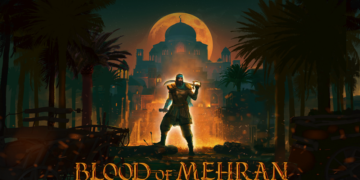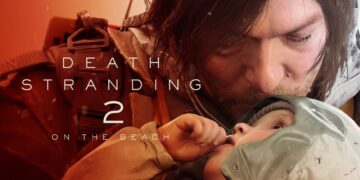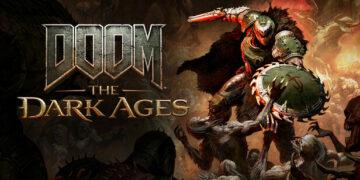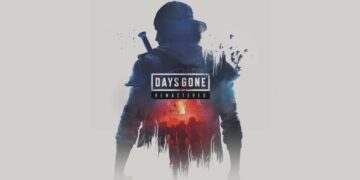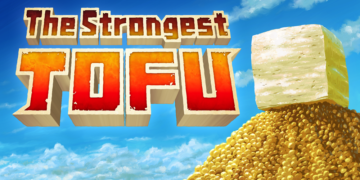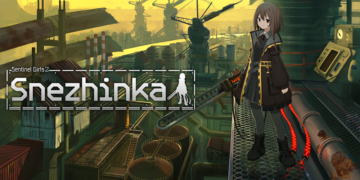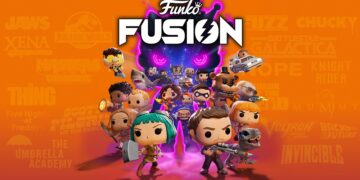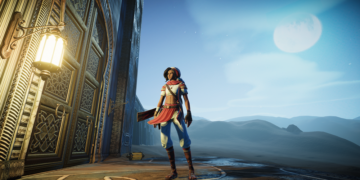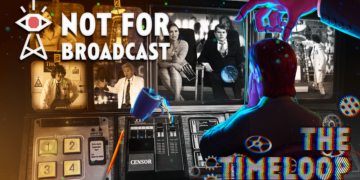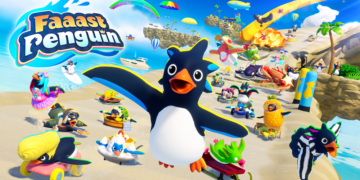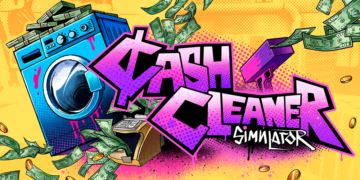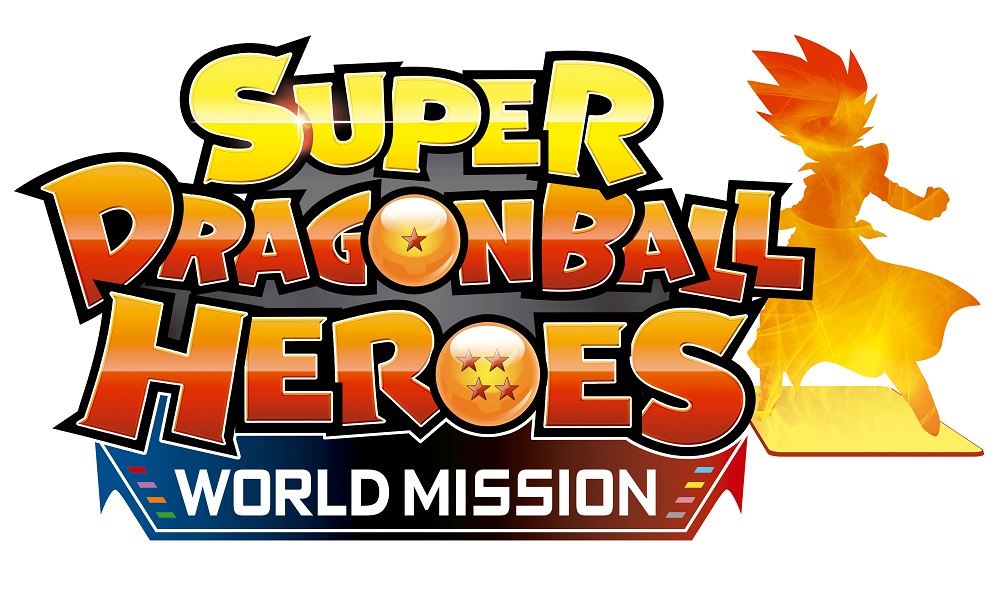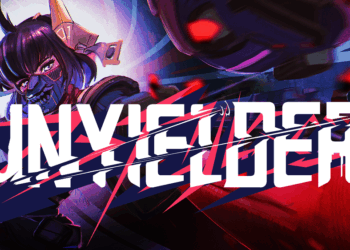Any Dragon Ball fan would agree that this is a great time period for us all. With recent entries across multiple mediums all receiving critical acclaim and widespread attention, expectations are high, with excitement even higher. Super Dragon Ball Heroes World Mission is the latest entry, following the heels of the excellent fighting game Dragon Ball FighterZ. Instead of 3 on 3 2D fighting, SDBH:WM pits your team of 7 cards against enemies, with the cards represented by their respective characters. At its core, it is a card battling game, with players collecting cards to make up their deck of 7 fighters. They are then activated on a board to fight over 5 rounds, with the player moving them between support or attacking positions each round.
The game was loads of fun for someone like me, who enjoys both my Dragon Ball and card collection games. There were so many ways I could put a team together and with thousands of cards to choose from, it’s going to be a long time before I complete the collection. The game is effectively based on the Japanese arcade trading card game Dragon Ball Heroes, albeit without having to buy cards separately to use them. Every card included in the game can be acquired via the in game gacha, and all currency is earned simply by playing the different game modes, and there is no need (and no way) to spend any real life bucks. The only exception is the pre-order bonuses, which are timed exclusives and to be released as DLC later on.

Combat is decent fun, but can be off putting for players who absolutely abhor Quick Time Events. As mentioned, each battle is made of 5 rounds, with the player moving their units on the board to decide their role. The board is made up of 4 rows, with the top 3 being attacking rows, and one support row. Units put in the attacking rows consume stamina (STA) to attack, the higher the row, the more stamina used and the stronger their power (PWR) rating. Units put into the supporting row do not attack, but instead regenerate stamina.
Once you have decided on who goes where, the PWR ratings of both sides are compared, and the player with the higher rating goes first in attacking. As units clash, a Clash Impact(CI) bar appears, where both players have to press on a quick moving meter to try and get as close as a full bar as possible. The player closest to a full bar wins the CI and basically good stuff happens for them. If they were attacking, their units hit harder and may unleash their Super Attacks(!!) if available, and the sight of Gohan letting loose a Super Kamehameha is pretty much what any Dragon Ball fan wants to see (substitute with your favourite character and special). If the winner was defending, he denies his opponent that joy, boo hoo, and his units take less damage. This Clash Impact bar pops up everywhere in the game, from the aforementioned combat situation, to ‘gambling’ mini games or random encounters in story mode where you try to win items or zeni (official DB and in game currency). Players who struggle to get their timing down is going to suffer badly in the game as almost everything is built around this single mechanic. I dislike that one single dexterity test is in control of how well I do in combat, and I cannot stress how many times I lined up a perfect battle in mind only to fail because my Super Attacks (SA) were denied by failing to beat the AI in a Clash Impact. Add to this that there is really no way to avoid this mechanic, which gets worse at higher level of plays, as stronger units are balanced such that they have much faster meters. There are units that slow them down as part of their support actions, but there are much more units which can speed an opponent’s CI bar up into crazy speeds. I am decent with it, but it is still very frustrating, unlike the other Quick Time Events.
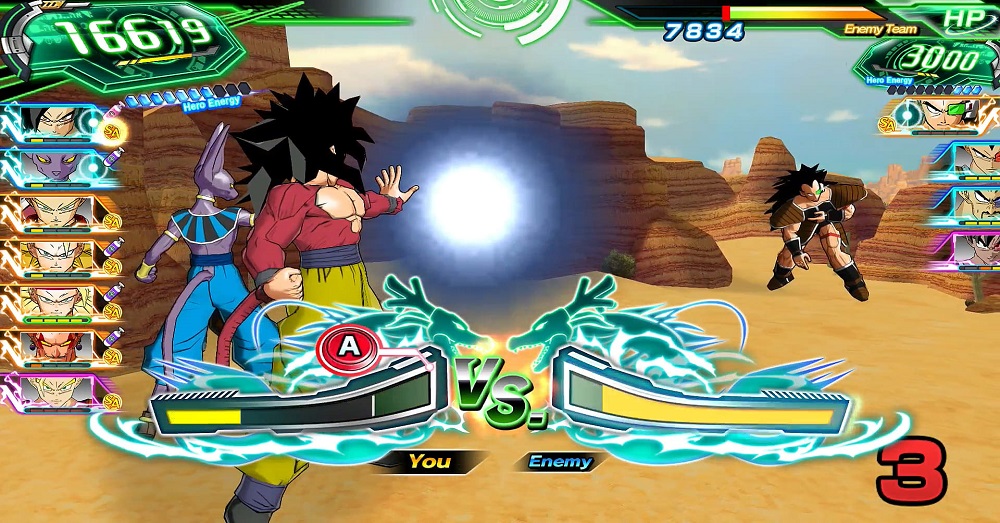
Some cards have Card Action Abilities (CAA) or Touch Action Abilities (TAA) which will trigger a sequence of QTE which can be completed via touch screen of the Switch or by moving the analog stick and pressing buttons. They vary from drawing circles or moving in fixed directions and I don’t think it is actually possible to fail these as long as you’re trying. There’s lots of time given and many of them actually encourage slower but more deliberate movement. This is definitely a big plus for people who hate to be rapidly spamming a button or spinning their analog stick until it falls off in QTE sequences. Upon succeeding these sequences, there is usually a big payoff with nice animation visually, and some impactful abilities gameplay wise.
As you might have noticed by now, there are lots of abbreviations, and sometimes things get confusing due to the sheer volume of content. It doesn’t help that the series has been almost a decade old in Japan and is only being localized for the western world now, flooding us with so much mechanics. Thankfully, the game is pretty easy in the beginning, and there should be no problems breezing through the first two chapters of the game (exceptions in obtaining some Ultra objectives, which are basically a special challenge). There are many game modes too; Story Mode, Arcade Mode, Network Battles, Missions, and Tournaments. They don’t stray too much from the core gameplay loop of battling, apart from some scenery change. Story mode is self explanatory, Arcade Mode puts the player into classic sagas, Network Battles allow online battles, Missions have special win conditions, and Tournaments are just a series of knockout battles.
The game is packed full of content and there’s even tools for card creation, mission creation, a pretty simple but solid item system, ‘friendship’ systems with allies in story mode and card characters, growing hero avatar with 8 races (technically 7, but there are male and female Saiyans) to choose from, and each with 3 types and 5 stages. This is a game with a lot to take in and there is still so much I haven’t covered in this review. Building a deck is satisfying when you manage to get a synergy amongst the 7 cards, watching the various abilities on your cards kick off is satisfying too, and so is building a card from scratch, adding characters and effects to make your own unique Dragon Ball card. While the game lacks a bit of the polished presentation from Dragon Ball FighterZ, it makes up for it with the many ways of having fun!
I personally think that the overuse of Clash Impact is the biggest flaw in its gameplay, but it will not dissuade me from sinking in more time as there is much more satisfaction in the various aspects of the game. A special mention has to be made for the gacha system, considering that the game began as a trading card game and the prevalent use of loot boxes in the gaming world now. Bandai Namco could have easily implemented a digital card store and there would be people who would whack packs but they did not, and the game is better for it. Overall, I would recommend this game to any Dragon Ball fan or any card game fan. Non Dragon Ball fans may struggle to understand the appeal of it, but it is a very good game by itself, and there is far more joy to be had than the bits of frustrations from its flaws.
Super Dragon Ball Heroes World Mission is available on Nintendo Switch now.

